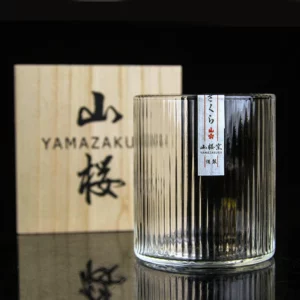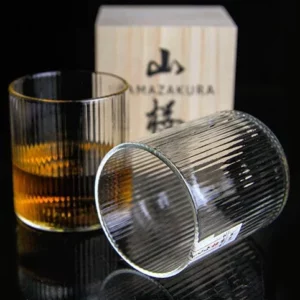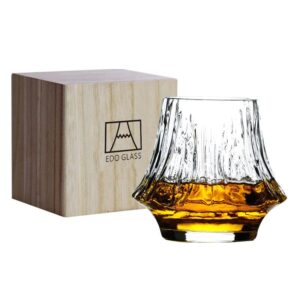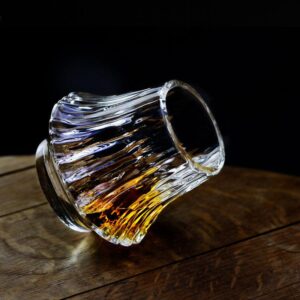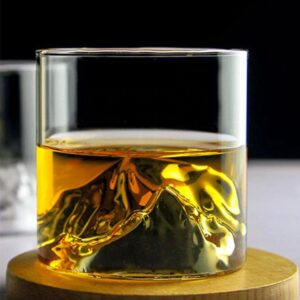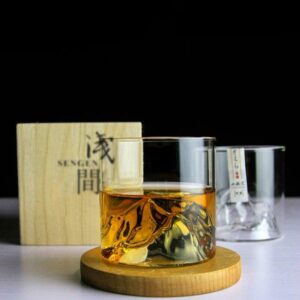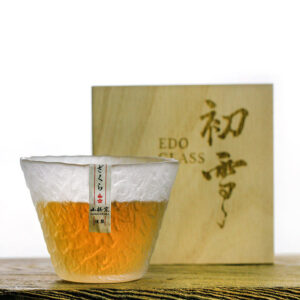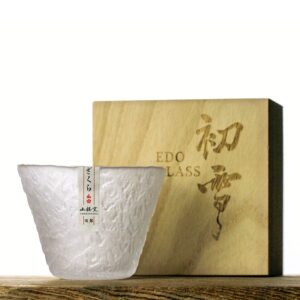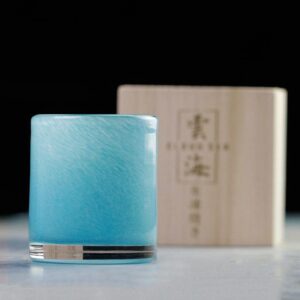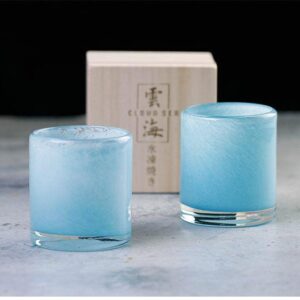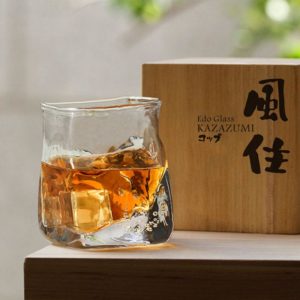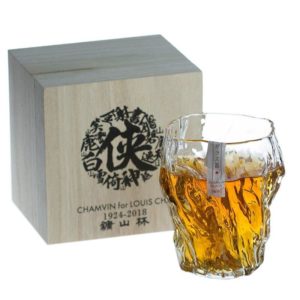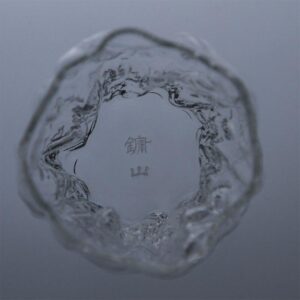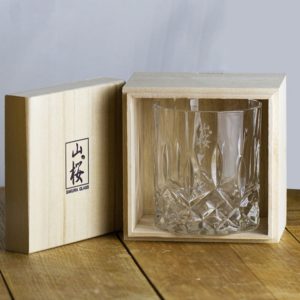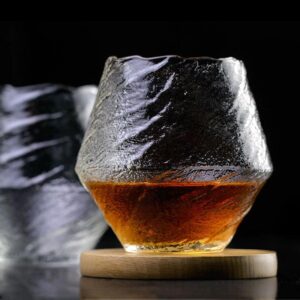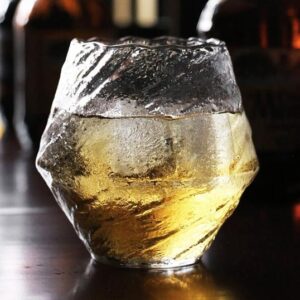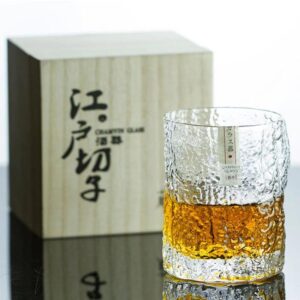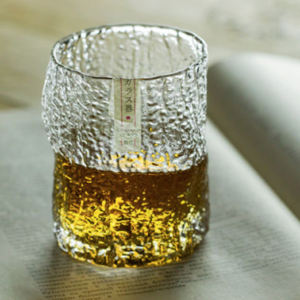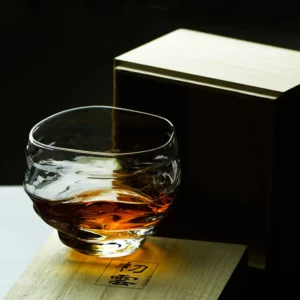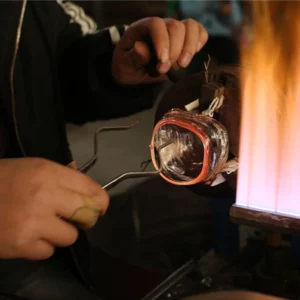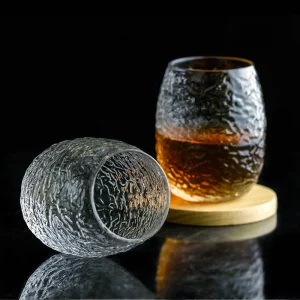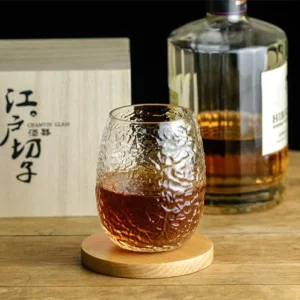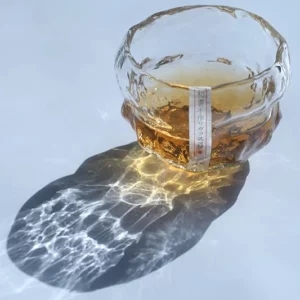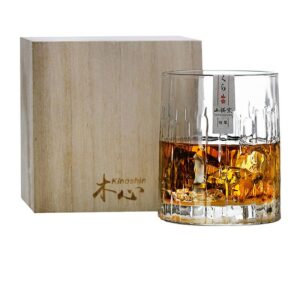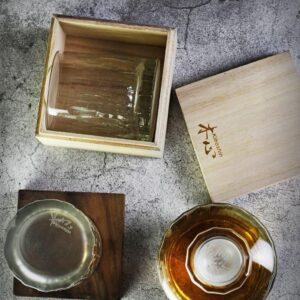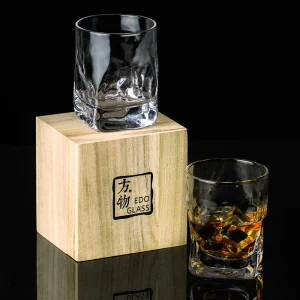Edo Kiriko is a traditional Japanese art form that involves cutting and polishing glass to create intricate and beautiful designs. Not only does this art form have a long and rich history, but it continues to be practised by skilled artisans today.
The glassmaking technique has been passed down through the generations in Japan. In the 1800s, a glassblower began experimenting with carving designs into the glass surface in Edo (modern-day Tokyo).
In this article, we will explore the fascinating history and techniques of Edo Kiriko, as well as the role it plays in modern Japanese culture.
What is Edo Kiriko Glass?
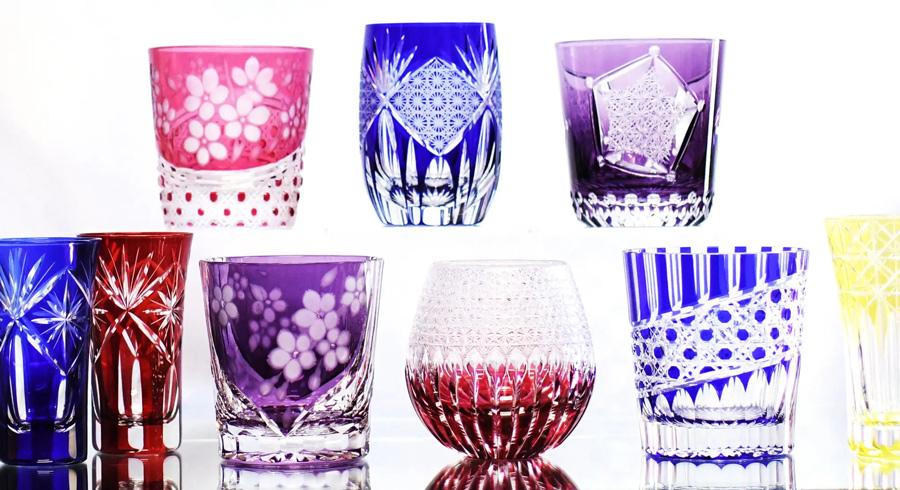
The art of Edo kiriko is the most well-known Japanese glasswork. Edo, Tokyo’s name in that era, was the city of origin for the initial production (1603-1868). Kiriko means “cut glass,” meaning that the art is literally cut glass from the city of Edo. Glassware from the Edo period, particularly the kiriko sake glasses, is widely used, especially for different Japanese spirits such as whiskey.
It used to be that designs were cut into a sheet of colourless, clear glass. But during the Meiji era (1868-1912), when Japan finally opened up to the public after more than 200 years of seclusion, new methods were developed. Edo kiriko, in the form popular at the period, was first mass-produced.
The elaborate motifs carved into blue, red, or other coloured glass make it recognisable. The most common pattern is called Nanako, which literally translates to “fish eggs” because it is made up of many thin parallel lines meant to evoke the shape of fish eggs. Looking closely, you’ll see that the pattern comprises several tiny squares aligned along the edges.
Origins of Edo Kiriko in the Edo period

Edo Kiriko has been around since the Edo period in Japan (1603-1868). It all started when Dutch traders brought a particular type of hazy glass to Japan. This glass is known for its ability to refract light in a beautiful, subtle way and quickly gained popularity. Then, in 1834, a coloured glass wholesaler named Kagaya Kyubei figured out how to use an abrasive mineral called “kongosha” emery to create intricate designs on the surface of the glass. This was a game-changer and marked the beginning of modern Edo Kiriko glass.
In 1873, the Shinagawa Kogyosha (Shinagawa industrial company) was established, but it was later rebranded as the Shinagawa Glass Factory in 1876 due to government modernisation policies. In 1881, an Englishman named Emmanuel Hauptmann came to Japan. He played a significant role in Edo Kiriko by teaching many Japanese people a combination of English and Japanese cutting techniques.
In the early 19th century, a Japanese craftsman named Tsunekichi Yokoyama started pushing the concept further, experimenting with cutting and polishing hazy glass to create intricate designs. Yokoyama was a master at it, and his work helped establish Edo Kiriko as its own art form. Today, skilled artisans still use the same techniques Yokoyama developed over 200 years ago to create beautiful Edo Kiriko glass.
The golden age of Edo Kiriko was from the Taisho period to the beginning of the Showa period (1926-1989). In 1985, it was recognised as a traditional Tokyo craft, and in 2002, it received the title of a traditional Japanese craft from the Ministry of Economy, Trade and Industry.
The intricate and painstaking process of Edo Kiriko requires a masterful level of artistry and accuracy. It all starts with selecting the finest glass, which is then cut and moulded into its desired shape. As if that wasn’t enough, the glass is buffed and polished to perfection using a combination of diamond dust, cerium oxide, and other abrasives. This process is repeated multiple times until the glass is as smooth and lustrous as a diamond!
Once the glass has been polished to the desired level of smoothness, the artisan begins cutting and engraving the design. The skilled glassblower blasts a shape out of the clear glass into a thin sheet of coloured glass and then spins this in the air to create the final work of art. This is done using various tools, including chisels, hammers, and gravers. The artisan carefully cuts and shapes the glass to create the desired configuration, taking great care to ensure that the lines are clean and precise.
The finished product is a work of art that is both beautiful and functional. Intricate patterns are carved into the surface with various whetstones, creating a striking visual clash between the opaque-coloured outer and the see-through clear glass. You get a two-layer structure where the exterior is colourful glass and the inner is clear glass. Aside from fish designs mentioned earlier, plant motifs, such as chrysanthemums or hemp leaves, are often used in traditional Japanese Edo kiriko glass art.
The glassware is prized for its intricate and elegant designs and is often used for special occasions and as gifts. Today, it is a valued part of Japanese culture, protected and promoted by the Japanese government as an important cultural asset.
Edo Kiriko & Japanese Whiskey Glasses
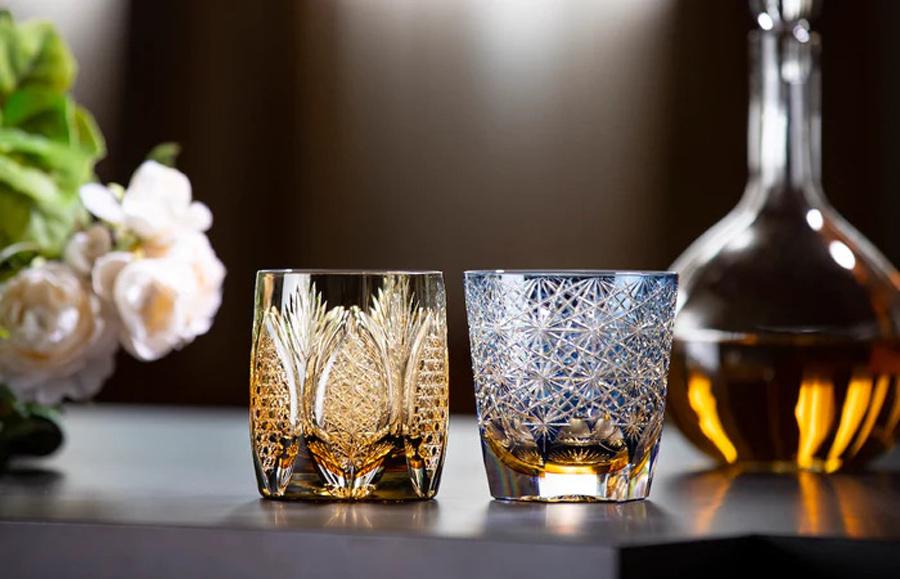
Edo Kiriko is admired for its beauty and craftsmanship and is also highly sought after by collectors. Edo Kiriko glassware is considered a valuable investment, often passed down through the generations as a treasured heirloom.
One of the most popular and well-known applications of Edo Kiriko is creating Japanese whiskey glasses. Japanese Whiskey glasses are prized for their intricate and elegant designs and are often used to serve whiskey and other spirits on special occasions.
In addition to traditional Edo Kiriko glassware, many contemporary artists push the art form’s boundaries. These artists use traditional techniques and materials and incorporate modern elements and themes. This has helped keep Edo Kiriko relevant and vibrant and ensured that the art form will continue to thrive.
Final Words
The classic glassblowing technique is a unique and fascinating art form deeply rooted in Japanese culture. From its humble beginnings in the Edo period to its current status as a valued cultural asset, Edo Kiriko has a rich and storied history. Whether you are an art collector, a fan of Japanese culture, or simply someone who appreciates beauty and craftsmanship, Edo Kiriko is an art form that captivates and inspires.





































